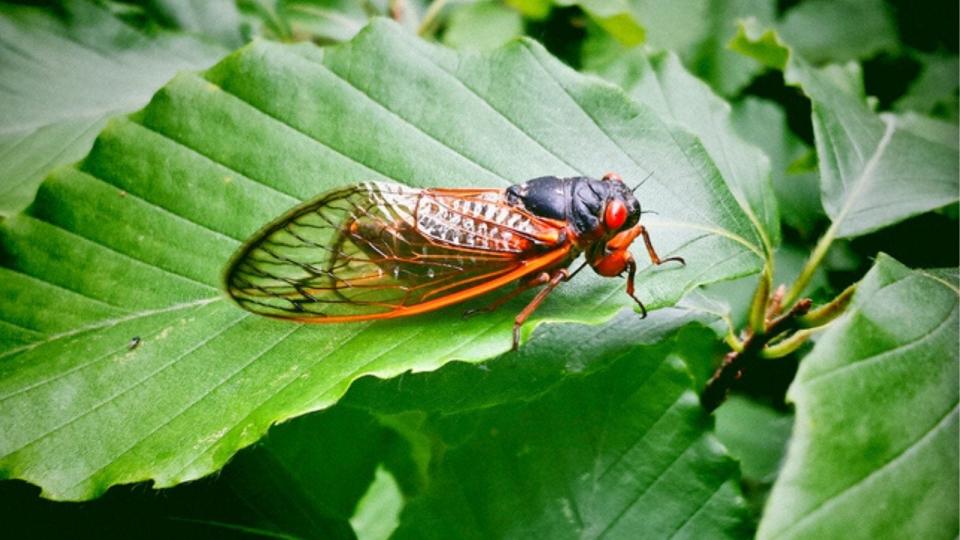Are cicadas dangerous? Here's what's fact and fiction with cicada bites, stings and more.
Cicadas, the small insect with a strikingly noticeable sound, were in the news in 2021 and 2022 due to their reappearance. AZ Animals says the periodical cicadas that have made a buzz on news outlets are from North America. The Eastern and Southeastern U.S. are home to Brood X.
Cicadas come out in mass swarms to reproduce to survive their many predators, including “cats, dogs, birds, foxes, raccoons, and other insects,” scientists say.
Are cicadas dangerous? When exactly do the evasive bugs come out of hiding? What should you do about them?
Are cicadas dangerous?
Cicadas are not dangerous. They do not bite or sting, according to the United States Environmental Protection Agency. They are not harmful to “humans, pets, household gardens, or crops.”
The EPA does not recommend using pesticides to keep cicadas away. Pesticides are “generally ineffective” against cicadas and, regardless, the sheer amount of cicadas will inevitably replace any warded off with pesticides.
Cicadas can be dangerous to young trees, though. The EPA explains how cicadas lay their eggs in small tree branches, potentially harming the tree. To protect your maturing saplings, cover them in mesh or netting to keep the insects out. On the upside, larger trees are not at risk.
Your leaves, flowers, fruits and garden vegetables won’t be eaten by cicadas. They may eat some sap from trees and shrubs.

If you see it, smash it!: Spotted lanternflies are hatching eggs all over the map
What are cicadas?
Cicadas are insects ranging between one and 1.5 inches long with a wingspan “twice that length,” says the EPA. They can be identified by their black bodies, red-brown eyes and orange-veined wings. However, their most noticeable feature is their “loud courting sounds.”
Britannica confirms male cicadas make their “ear-shattering” noises to court females. They can synchronize their songs with other cicadas to attract female cicadas, as well as establish territory.
There are over 3,000 species of cicadas, AZ Animals explains, and their infamous sounds can reach an astounding 90 decibels, “comparable to a jet airliner landing.”
Are cicadas dangerous to pets?
The EPA assures readers their pets are safe from cicadas, noting they are neither poisonous nor venomous. Your dog or cat may eat cicadas which is okay if it’s a small amount. Should your pet eat a larger quantity of cicadas, this can cause “an upset stomach or vomiting.”
Humans can eat cicadas, AZ Animals says, as they are similar to crickets. Cicadas should not, however, be “consumed by people with seafood allergies.”
When do cicadas come out?
Cicadas, specifically “Brood X,” come up from their underground homes every 13 to 17 years, according to Prevention. Their last appearance was in 2021 (some stragglers appeared in 2022) and they won’t reappear next until 2038.
National Geographic explains out of the 3,000 different cicada species, only seven are “periodical cicadas,” meaning they come out every 13 to 17 years.
How to get rid of mosquitoes: Keep the pests away from your yard, home
Just Curious for more? We've got you covered
USA TODAY is exploring the questions you and others ask every day. From "Why do cats meow?" to "What is the oldest language?" to "Who is the youngest Kardashian?", we're striving to find answers to the most common questions you ask every day. Head to our Just Curious section to see what else we can answer for you.
This article originally appeared on USA TODAY: Are cicadas dangerous? Here's how the insects impact us and our pets.

